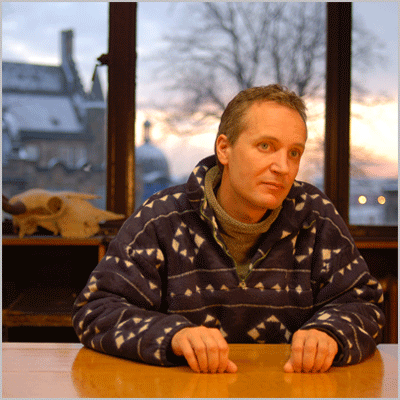Doing biology with maths
10-January-2011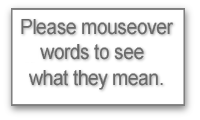
Doing biology with maths
For someone who claims to have been "spectacularly bad at maths at school", Dan Haydon seems to have made a strange career choice.
"I develop and apply mathematical models to populations," he says.
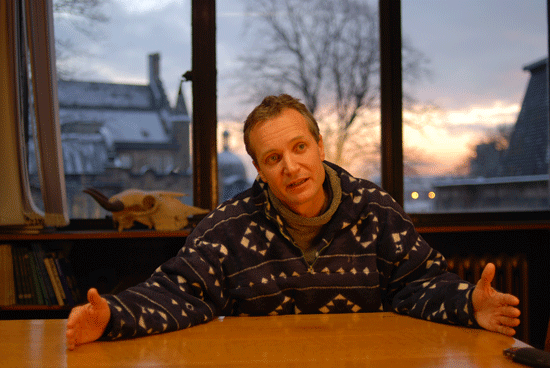 These populations can be of people, animals, viruses, parasites or even cells of the body, he says. "We've been working with Dave Barry on malaria and sleeping sickness. There's a lot of ecology going on in a trypanosome infection.
These populations can be of people, animals, viruses, parasites or even cells of the body, he says. "We've been working with Dave Barry on malaria and sleeping sickness. There's a lot of ecology going on in a trypanosome infection.
"It's a population dynamics problem just like all the problems I work on. Except that instead of playing out on a landscape it plays out inside a patient."
Each new problem that population modelling sheds light on helps convince biologists of its value, says Professor Haydon. "Scepticism is normal among people who don't know what modelling can offer.
"The bottleneck is that there aren't that many modellers prepared to listen hard enough to the complications of the biology. Or biologists willing to take the time to understand what we do. Putting time and effort into understanding each other is vital."
Genes, cells and wildebeeste
Communication is at the heart of the multidisciplinary work of the Boyd Orr Centre for Populations and Ecosystem Health - a group of physicists, mathematicians, statisticians and biologists, who do mathematical modelling of biological problems. "We get on very well and have a diverse set of skills," says Professor Haydon.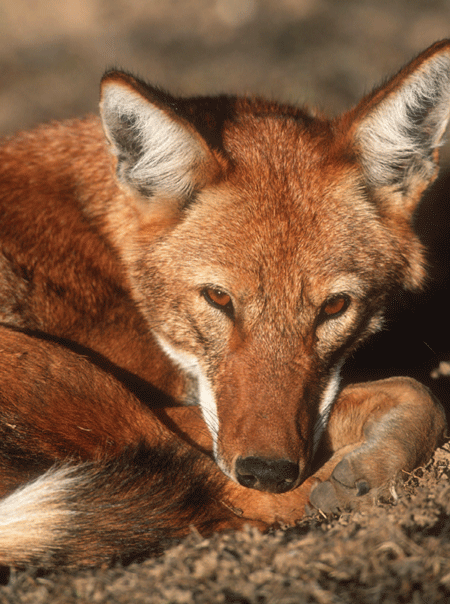
Glasgow University is an ideal place for setting up such a group, he says. "There's a great tradition of parasitology here. There's a biomathematics group, which is very mathematical. There are ecologists and environmentalists. What they didn't have was generic mathematical modellers. So there was a space between these disciplines and lots of interfaces for us to hook onto.
"Dave Barry and his colleagues [in the Wellcome Trust Centre for Molecular Parasitology] provided some of those hooks. I've been working with Darren Monckton on the genetics of myotonic dystrophy, and with Paul Garside and Jim Brewer who are studying the movement of cells around germinal centres.
"It turns out that the same processes can be used to describe the movements of those cells as the movement of wildebeeste in the Serengeti. The same processes but very different scales."
In or out
The skill in mathematical modelling lies in deciding what can be left out, says Professor Haydon. The aim is to create a model simple enough to study on a computer. But not so simple that important behaviour is missing. Communication is once again the key.
"You show someone a model of a system they've spent their life studying. The first thing they say is, 'That's rubbish. You've missed out this and this and this.'
"So you go through each of those processes and explain why you think the effect will be small. A good model is a caricature. It captures the main features, without being so cluttered up that you can't see what's going on.
"People have trouble believing you can leave out 80% of the processes and not get a substantially different answer."
As a biologist himself, Professor Haydon once shared these feelings, he says. "I could never do physics problems at school. I would worry about all the extra details. I've struggled with slaying complexity and understanding why it's OK to remove it from a model. So I am sympathetic to the researchers' concerns and happy to talk with them."
From model to real world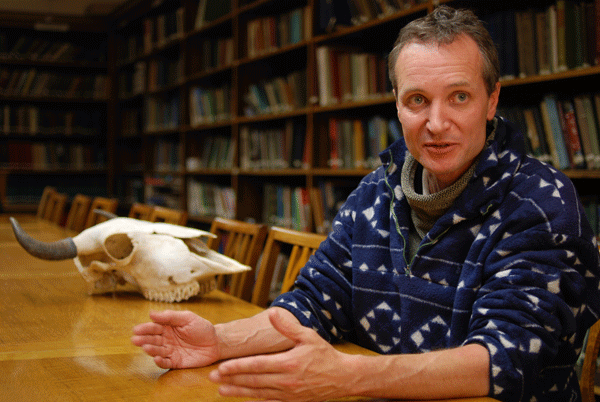
Mathematical models of populations can be used to run virtual experiments on the computer. These would be too costly or time-consuming - or impossible - in the real world.
Researchers can home in on those aspects of the system that affect whether a population does well or dies out. They can follow promising lines of enquiry suggested by the model. They can ask questions of the system. They can get answers that are often surprising and sometimes very useful.
Take malaria, for example, says Professor Haydon. "A mosquito lives for 12-14 days. But the malaria parasite inside a mosquito takes 10 days to mature. So the parasite only just fits its host's lifespan."
If we could somehow make mosquitoes live 3 days less the malaria problem would be solved. One way might be to alter the age at which the mosquito breeds, because evolutionary ecology shows that animals that breed younger don't live as long, says Professor Haydon.
"So the question becomes: can we persuade mosquitoes to breed a little younger? Even if they lay double the number of eggs it doesn't matter. You'd get lots of mosquitoes but no malaria."
Social science
Bringing a cow into the house at night might be one answer. It's called zooprophylaxis, says Professor Haydon. "This is where you alter the course of a disease in a human population by changing the blood diet available to the insect. 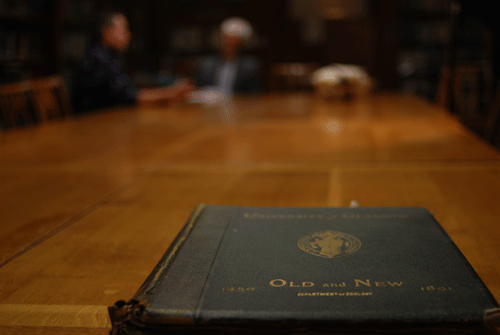
"Heather Ferguson in the office next to mine is studying what happens to the longevity and fecundity of mosquitoes as you change the type of blood they eat. I sometimes help with her models."
Simple ideas like these could help solve some major disease problems, says Professor Haydon. "So many of the ways we try to control pathogens involve things like drugs. But these create enormous selection pressure on the pathogen to become resistant."
Finding sustainable ways of tackling disease takes an understanding of what happens at all levels of biology - from the gene right up to large, interacting populations, says Professor Haydon. That's what mathematical modelling helps to provide.
It also helps bring very different specialists together. This is the aspect of science that Professor Haydon finds particularly satisfying. "You work with dozens of smart, unusual people. That's what's enjoyable about the job.
"I hope Dave gets to understand the trypanosome genome. But it's not really what drives me. Success for me is coming up with a clever way of measuring a parameter that then tells someone else something they want to know - and engaging with them as they do it.
"If someone said 'Here's £10 million go off to the far side of the moon and do whatever you want', that wouldn't interest me. It's the interactions with people that make science fun."
Words used in pop-ups
| antibody | antigen | B cell | bacteria | biological | breed | cells | complexity |
| conception | differentiate | distribution | diversion | DNA | environmental | fertile | fertilisation |
| gene | host | immune system | immune response | inherit | lymph nodes | lymphocytes | lymphatic system |
| matures | membrane | mitigate | molecules | parasite | processes | protein | protoplasm |
| species | system | T cell | thymus | trait | viruses |
For other websites and resources relevant to this science story try the

